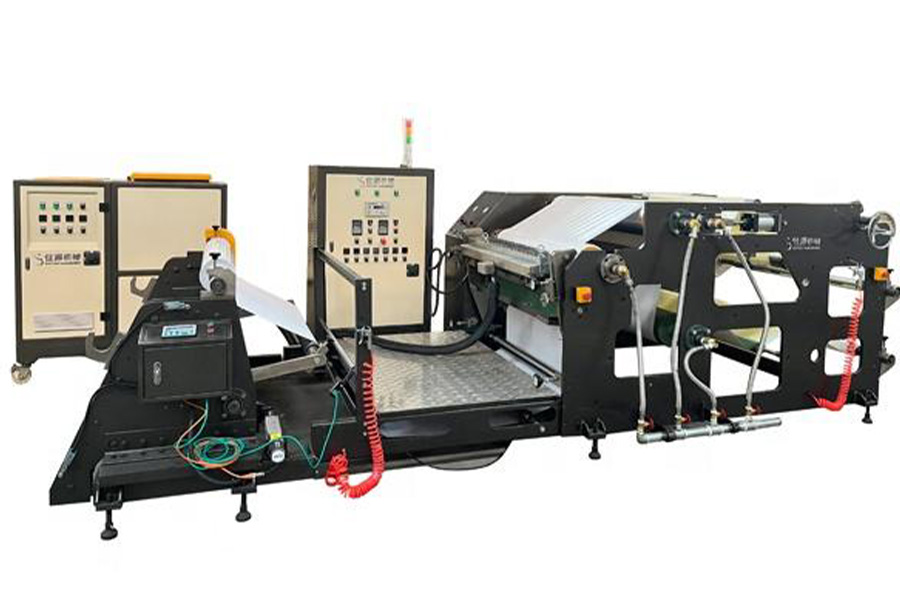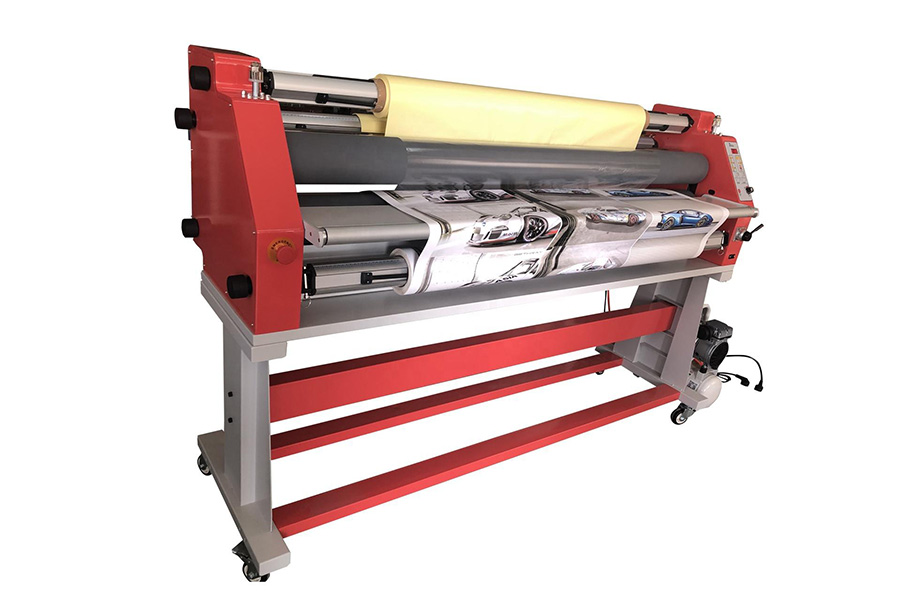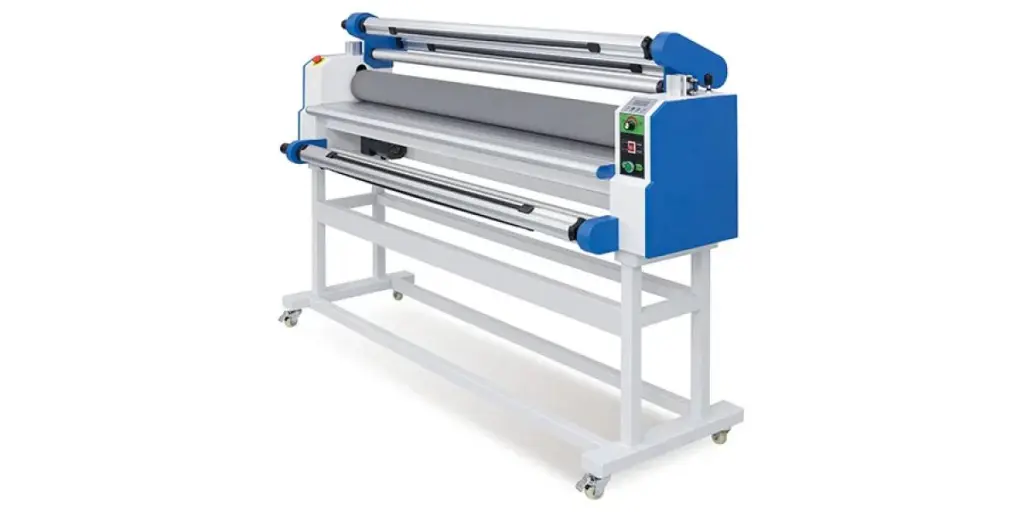Do you want to start a laminating business? Are you wondering which brand of laminating machines to choose from and what features to consider? Protecting documents and photos is a practice that is not so spoken about but is essential. A laminating business is relevant today as it was decades ago. In fact, the sale of industrial lamination machines is expected to rise due to their use in advertising and photography. Knowing which machine to choose is usually a headache for new businesses, but that is where this article comes in. If you want to start a laminating machine business, this comprehensive guide is for you.
Table of Contents
Laminating machines: market share and demand
Factors to consider when buying a laminating machine
Types of laminating machines
Target market for laminating machines
Final thoughts on laminating machines
Laminating machines: market share and demand
The sales of laminating machines are expected to grow to $580.27 billion by 2026 at a CAGR of 4.5%. This is from their estimated value of $445.59 billion in 2020.
The following factors will contribute to this growth.
- Growing demand from the aerospace, electronic, automotive, and packaging industries
- An increase in the urban population
The laminating machines industry is adopting some trends to better laminating machines. They include InstaHeat technology and enhanced operation in device accuracy and overall operation. To increase efficiency and convenience, manufacturers of industrial laminators are building user-friendly interfaces.
Factors to consider when buying a laminating machine
Document size
The document size will vary from machine to machine because they are suitable for specific document sizes. If a business is handling standard-size documents, then the pouch laminator may be a good option. A lamination pouch is also useful for fitting several items. On the other hand, roll laminators are the best choice for more flexibility on the laminated sizes. Roll laminators can laminate documents between 9 and 27 inches. Besides, these are automated laminators, which are suitable for standard-size documents, small items, and documents up to 11 x 17 inches.
Number of sheets
A pouch laminator is perfect for small projects once or twice weekly. However, when laminating large quantities of large documents, businesses are advised to acquire a roll laminator. A roll laminator is also suitable for laminating documents with unusual shapes. Automatic laminators are ideal for large lamination jobs with standard-size documents.
Film thickness
Thick films will be more rigid, while thin films will be more flexible. The thickness of the film is measured in mils. Pouch laminators handle from 3 mils to 10 mils hence producing rigid lamination. When purchasing a pouch laminator, it is essential to note the film thickness it can handle. Roll laminators can process 1.5 mils, while automatic laminators work best with 3-5 mils films. Automatic laminators are the best when working on standard projects.
Number of users
Automatic laminating machines are suitable for single-person use and use by a group. Their settings feature enables switching from one user to the next much easier.
On the other hand, pouch laminators are only suitable for use by a single person. They are small and are designed to fit on a desktop. Lastly, roll laminators can be used by a group. They are large and can be set up in a shared workspace for everyone to use them.
Cost
The cost of using a laminating machine is split into 2, the cost of purchasing the machine and the film supplies. The price of a laminating machine varies primarily due to the technology and type of laminator. An automatic laminator costs between $30,000 and $40,000 while a pouch laminator will cost between $3000 and $5000, and a roll laminator between $4700 and $6000. The laminating film will cost anywhere from $200 to $1000. Acquiring these machines from verified dealers is better as a business may benefit from services such as free maintenance for some time or discounts.
Working speed and pressure
Laminators are generally slow in operation. This is because they draw in the paper cautiously to prevent creasing and provide smooth lamination. The standard speed for laminators is 12 inches per minute. However, machines with a speed of 15 inches per minute are available if a business requires a faster laminator. Cold pouch laminators use pressure to activate the adhesive during lamination.
Types of laminating machines
Hot pouch laminating machines
Hot pouch laminating machines laminate ID cards, documents, and certificates by sealing and coating pouches over them using heat.

Features:
- It uses heat to activate the adhesive material.
Pros:
- It has additional application settings such as vinyl and various heat settings.
- The materials used are less costly than those used in cold laminating.
Cons:
- It requires time and skill to deliver consistent results.
- Some colors and inks can be damaged due to the intense heat generated.
Cold pouch laminating machines
Cold pouch laminating machines do not require heat to laminate. Instead, they have a sticky adhesive that can seal documents.

Features:
- It uses pressure to activate an adhesive that secures the document between the sheets of paper.
- It may not use electricity since it does not require heat.
Pros:
- It has less heat-up time and requires less maintenance.
- It produces better color and print quality.
- It has the option to laminate only one side of a graphic, making it suitable for decals.
Cons:
- It is expensive compared to hot pouch laminating machines.
- The chances for bubbles appearing are high.
Roll laminating machines
Roll laminating machines use heated rollers to melt glue extruded onto a lamination film. They are mainly used to protect images or printed documents.

Features:
- Two rolls of laminating film are loaded into the machine.
- The laminator feeds the document between the two rolls.
- It uses heat/pressure to seal the document.
Pros:
- It is easy to use.
- It is suitable for both standard documents and large documents.
- It laminates quickly.
Cons:
- It is expensive to acquire and maintain.
- It has to occupy a specific spot due to its size and weight.
Target market for laminating machines
In 2019, the North American region dominated the market due to its industrialization and technical improvement. Its photography industry grew by 2.5% between 2017 and 2020, so the region is expected to have an increase in demand for laminating machines. Europe will hold the second-highest share in the industrial laminating machines market. The Asia Pacific is expected to have the highest machine demand by 2027. This is because of the rising demand for industrial packaging and automotive healthcare infrastructure in China and India, which are the region’s important markets.
Final thoughts on laminating machines
Laminating machines are a must-have for offices. They help one laminate documents such as IDs, providing durability even after frequent use. They also protect documents from wear and tear, abrasions, smears, spills, and fingerprints. These are the benefits of picking a suitable machine as outlined in this guide. What’s more, Alibaba.com has a list of laminating machines worth considering for purchase.




